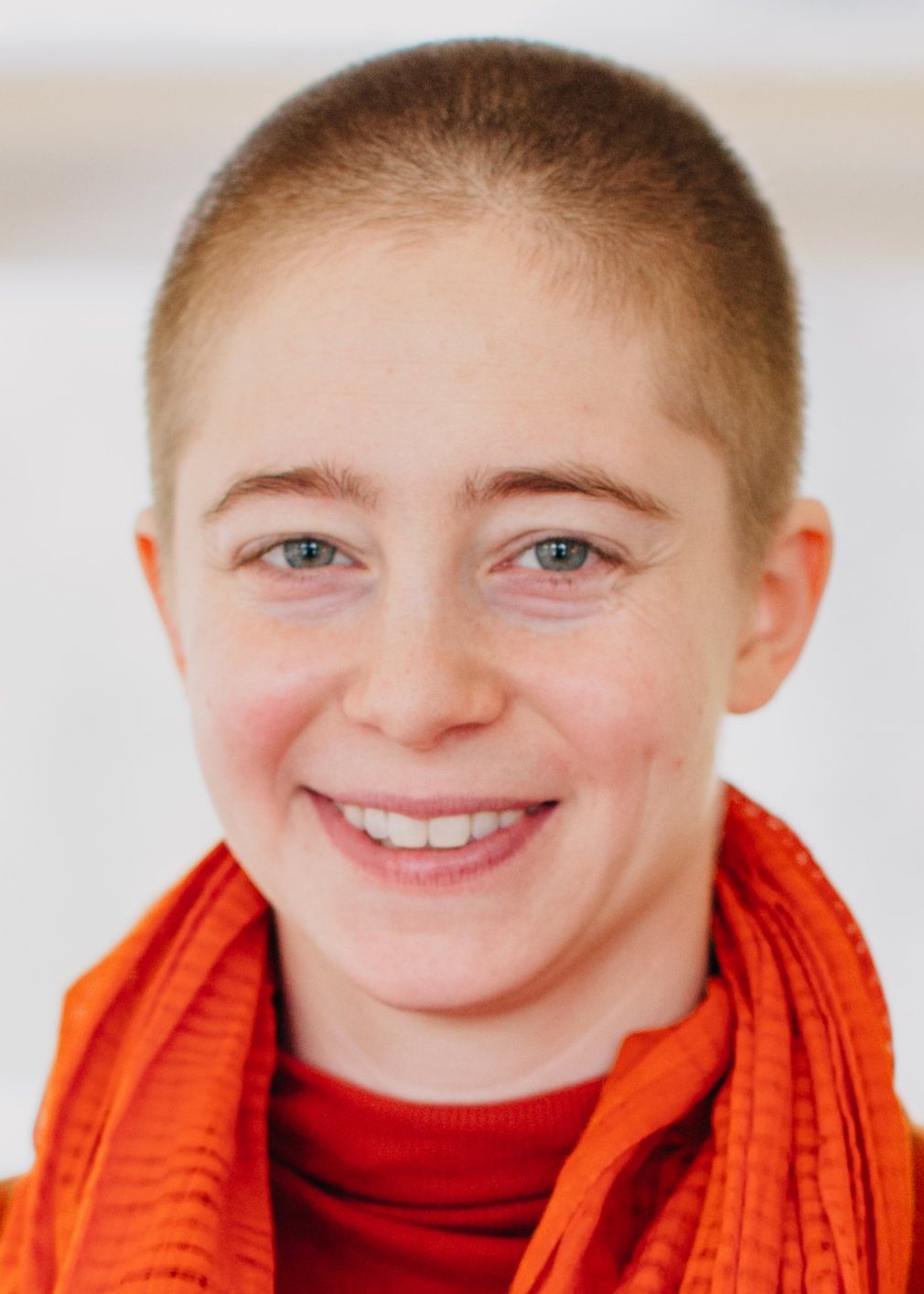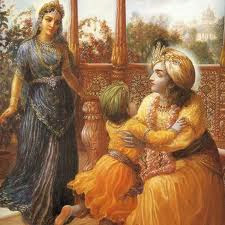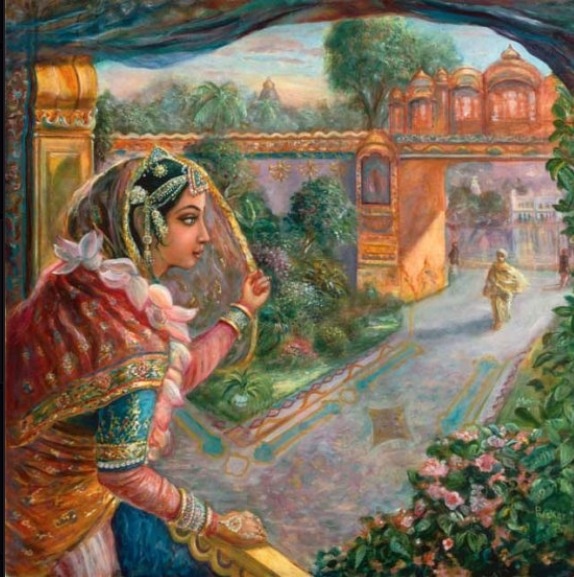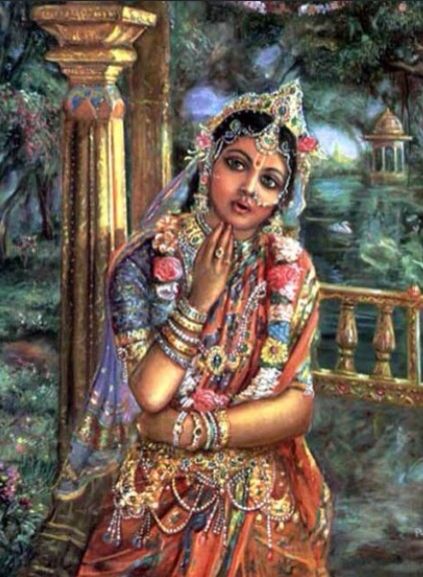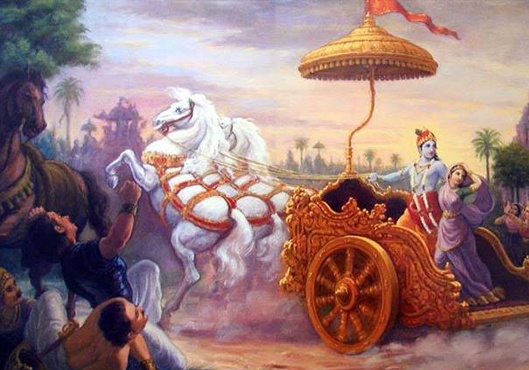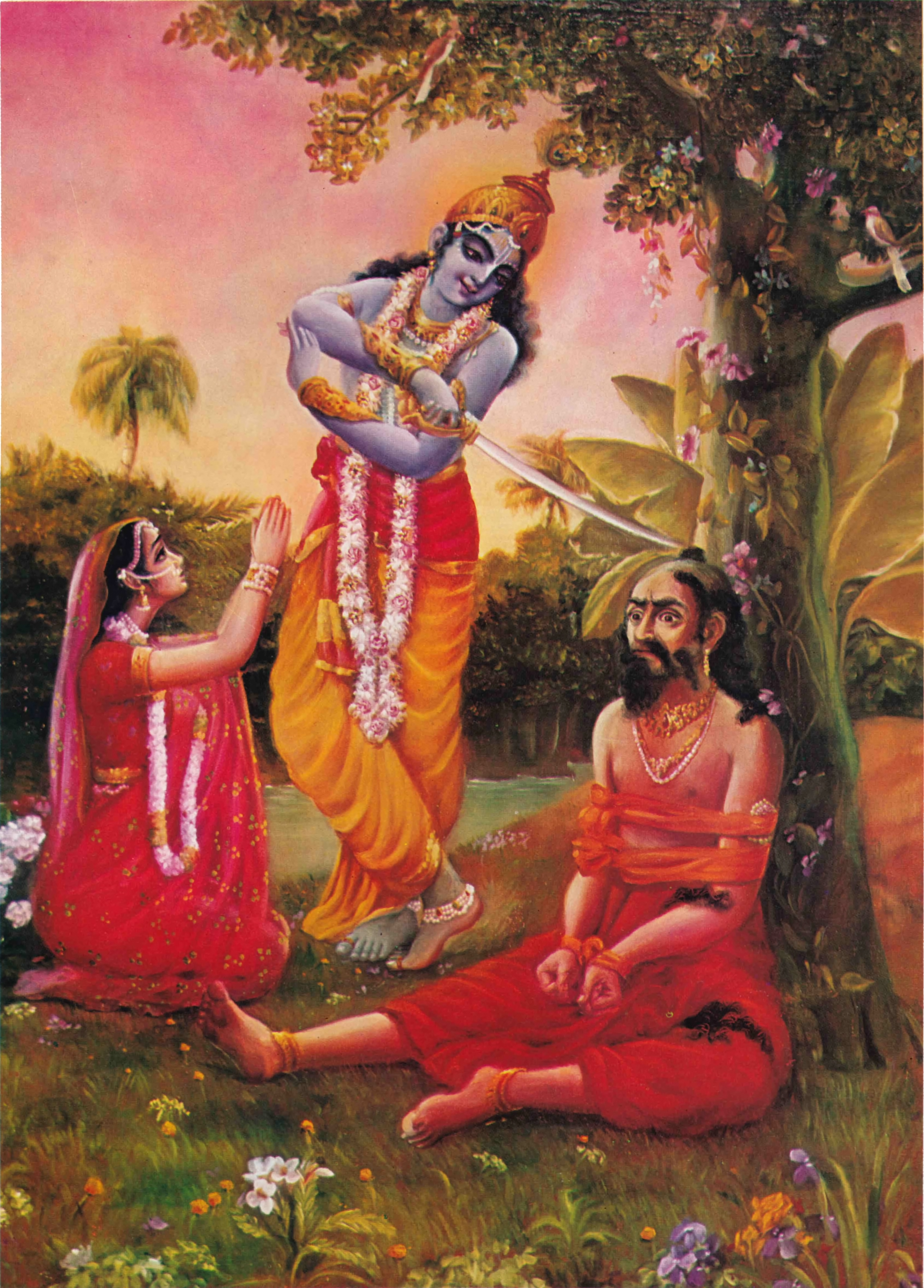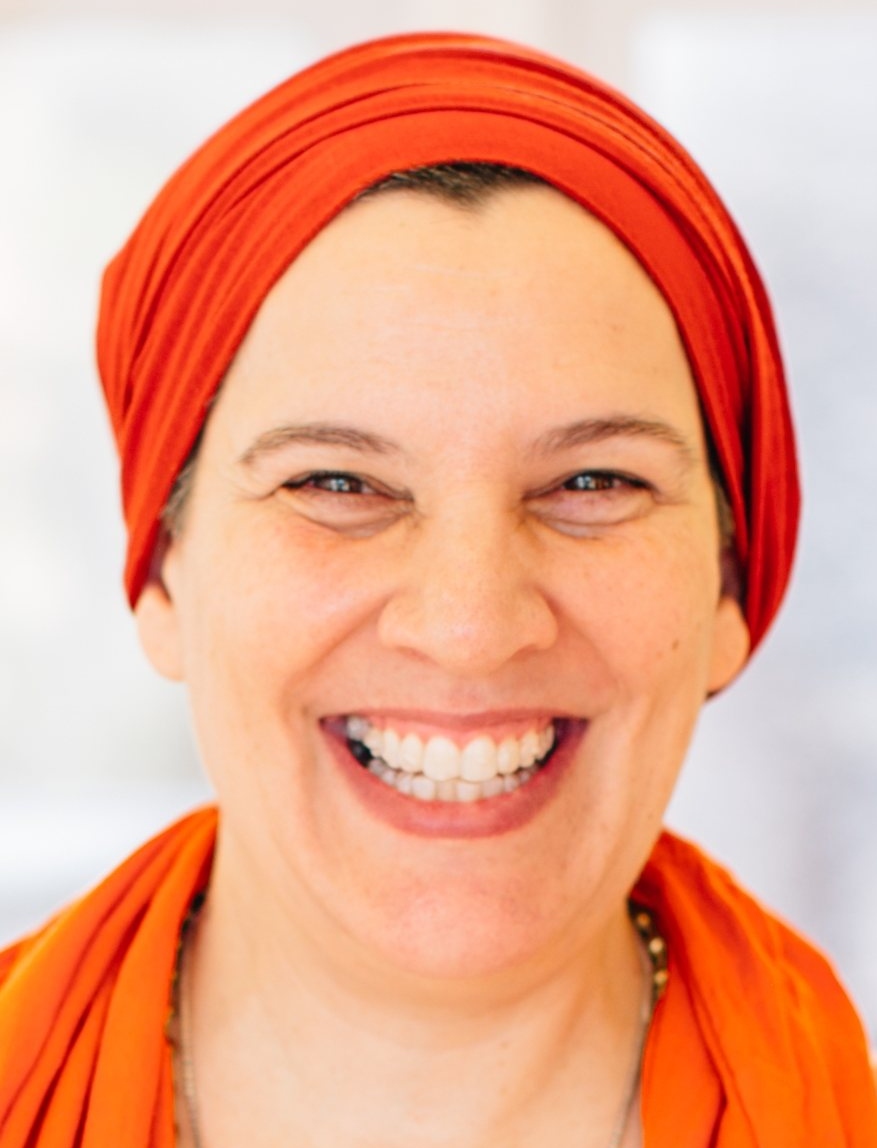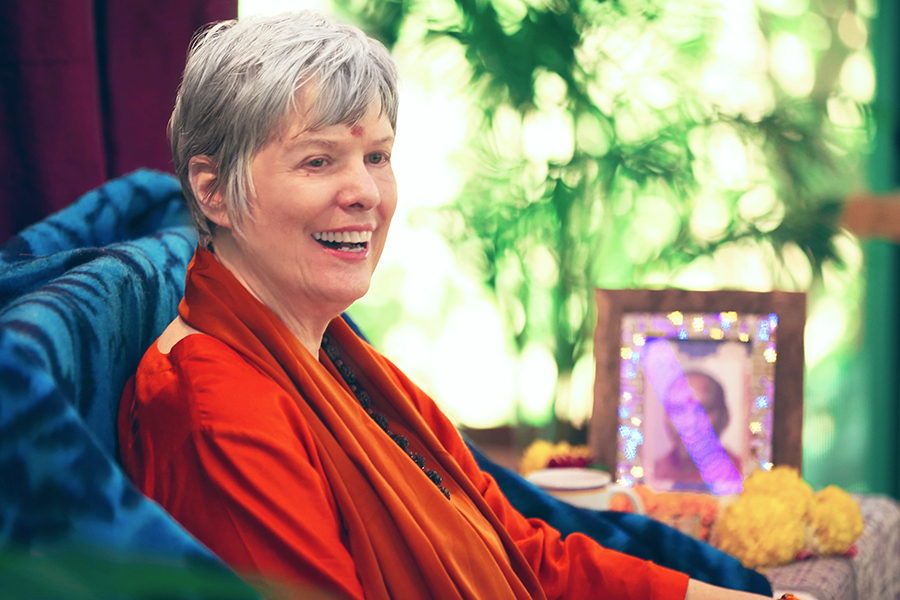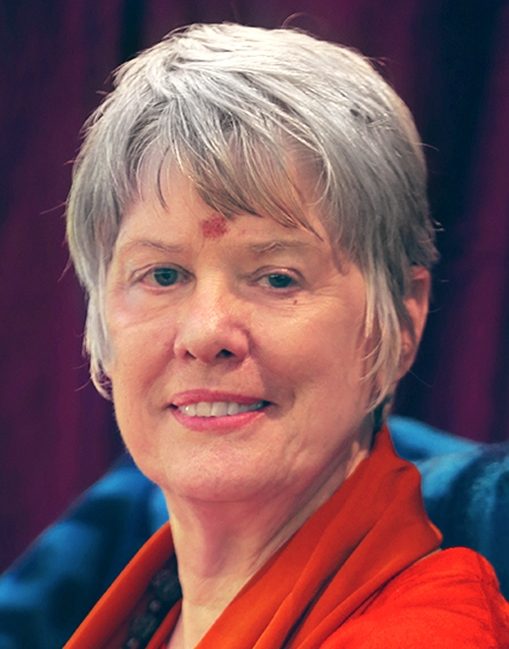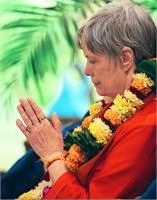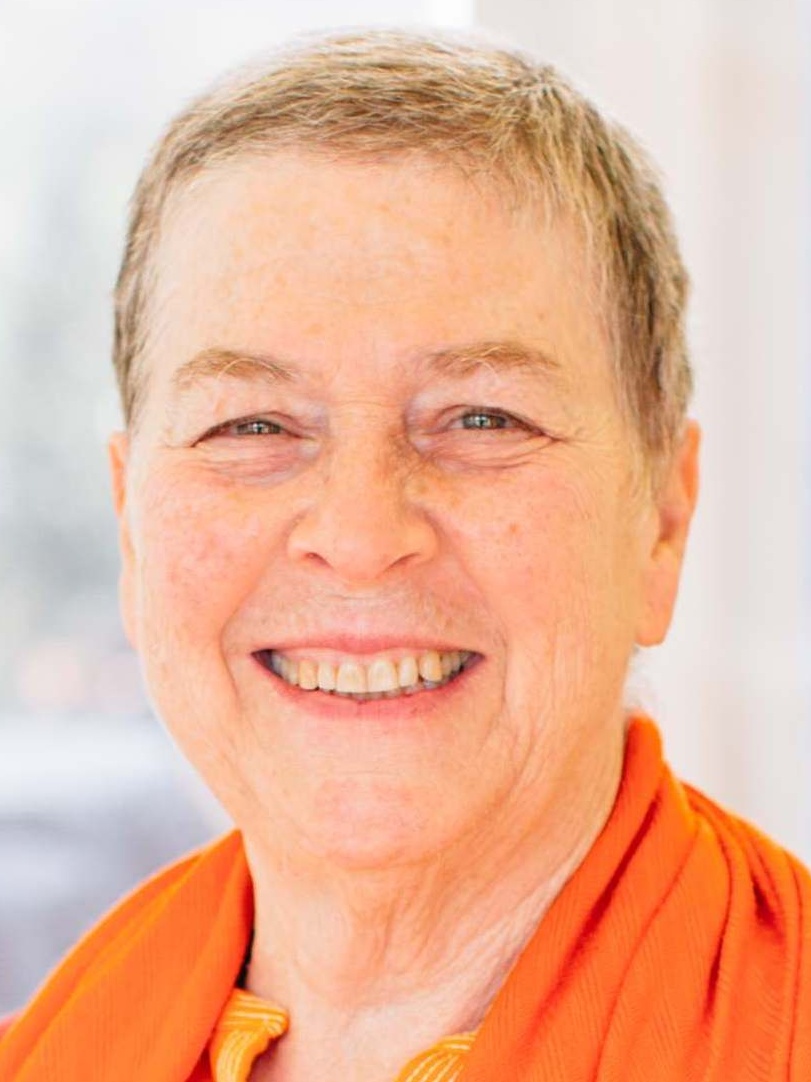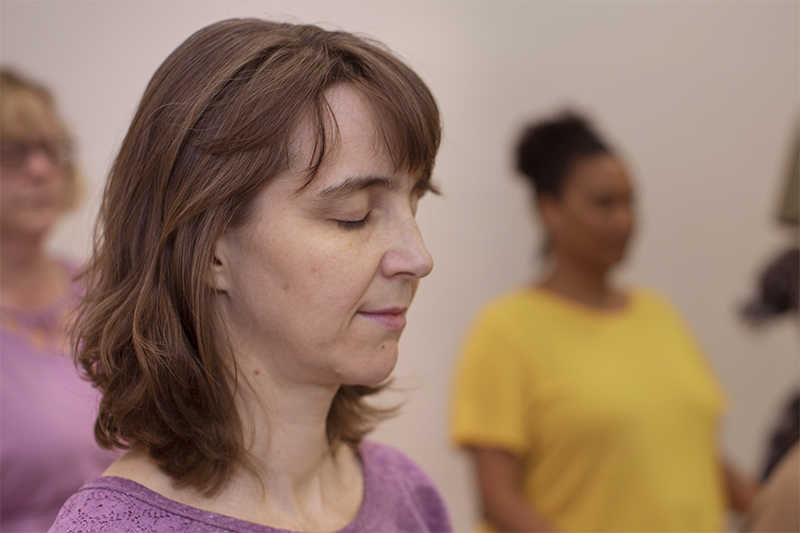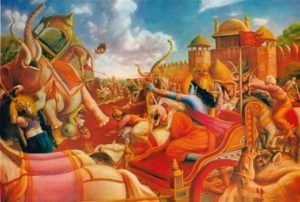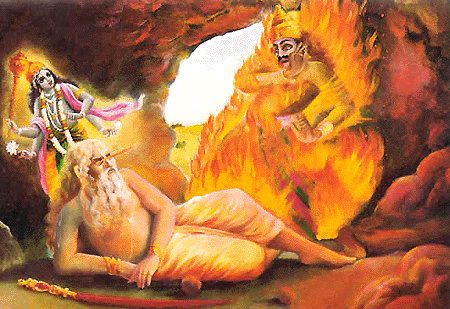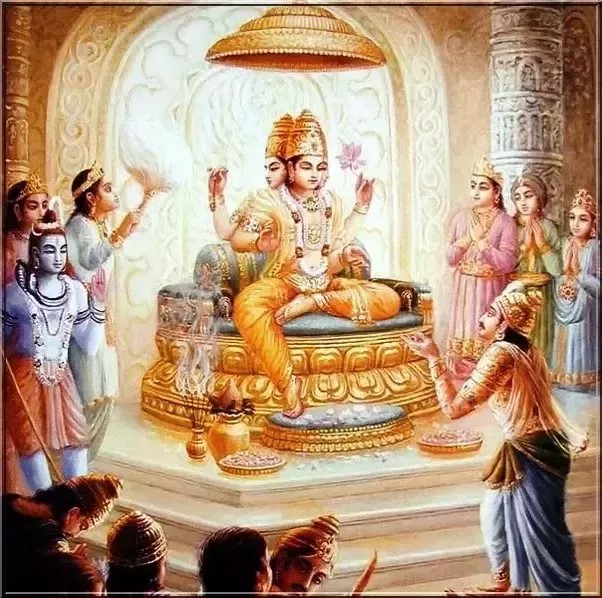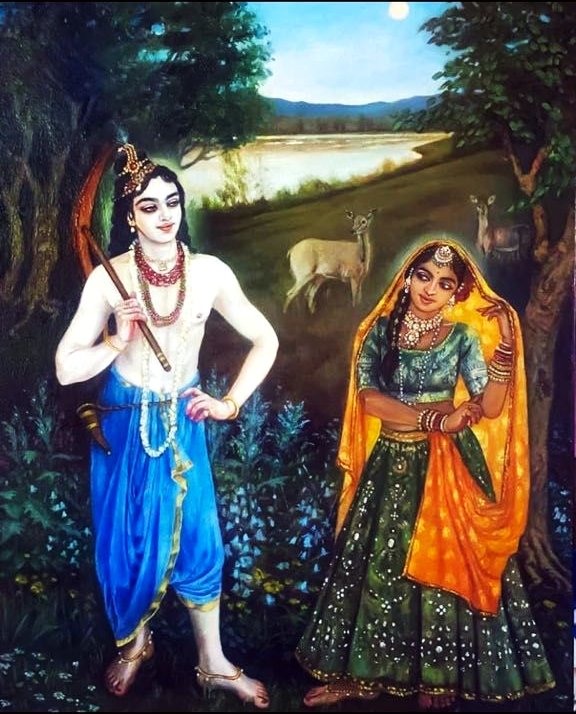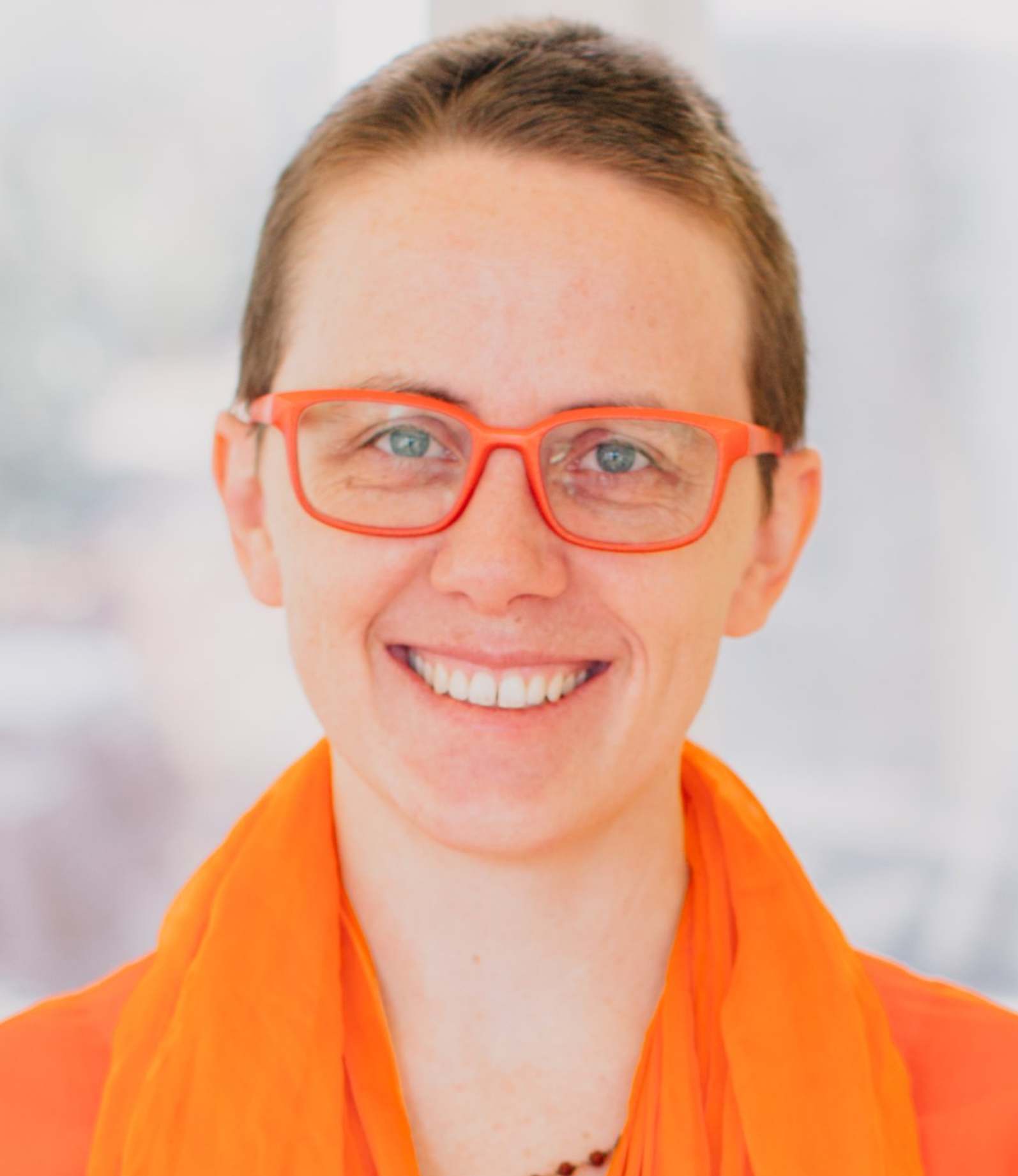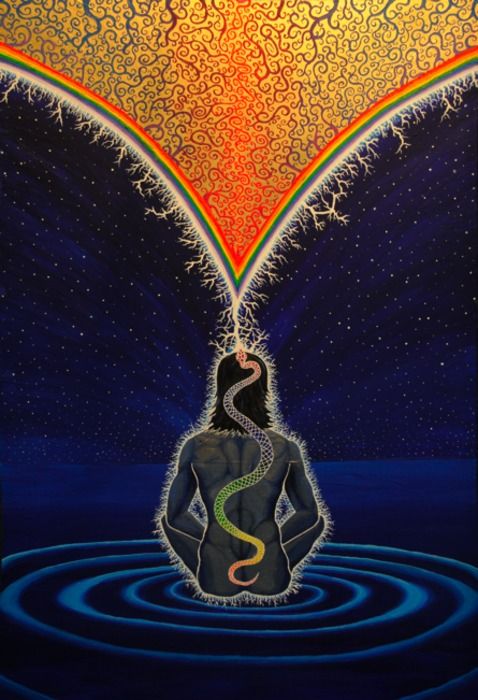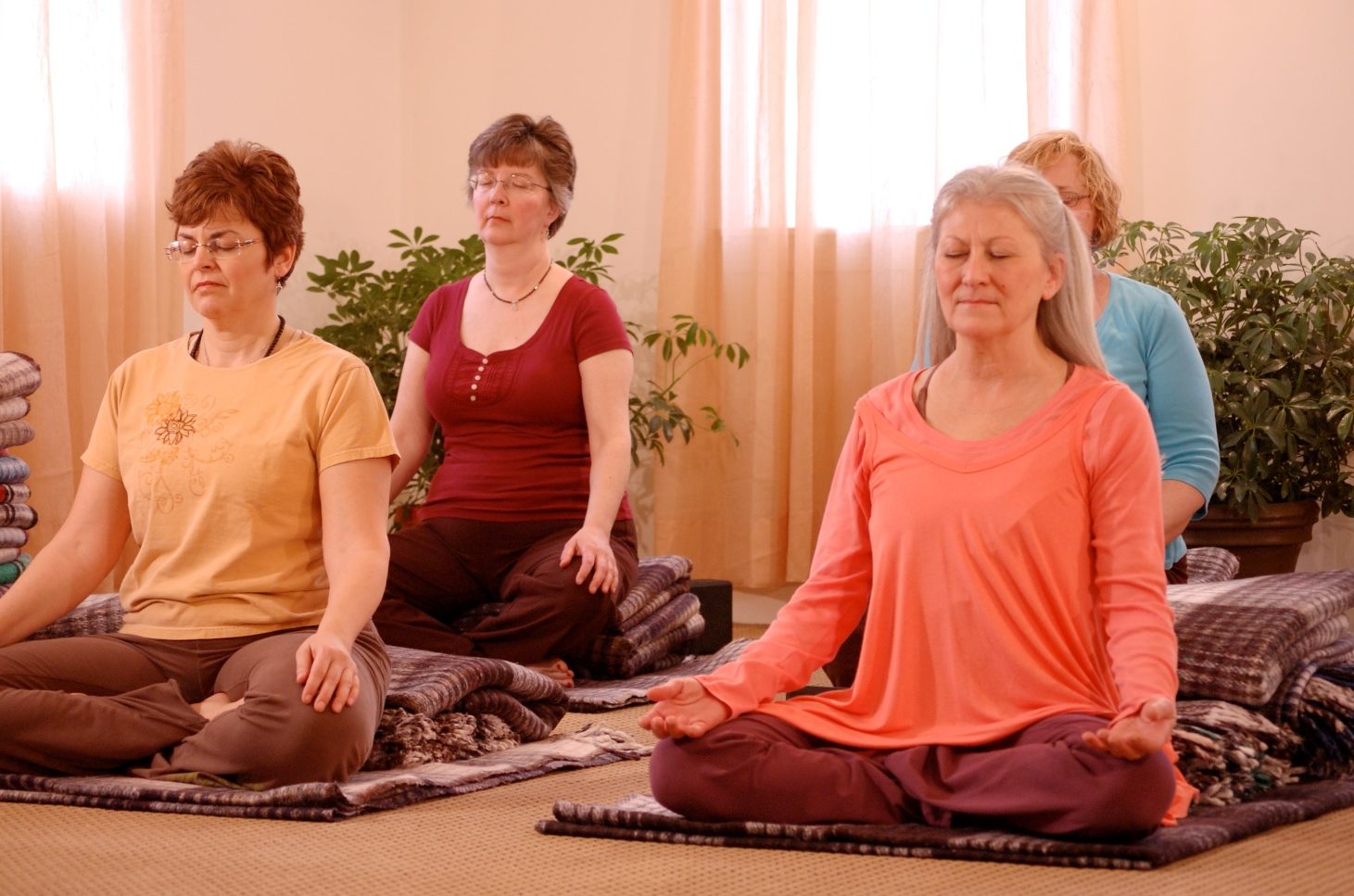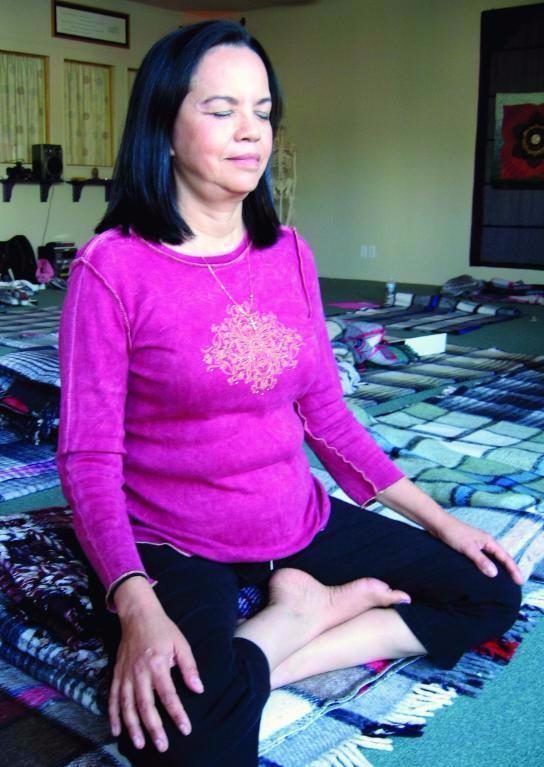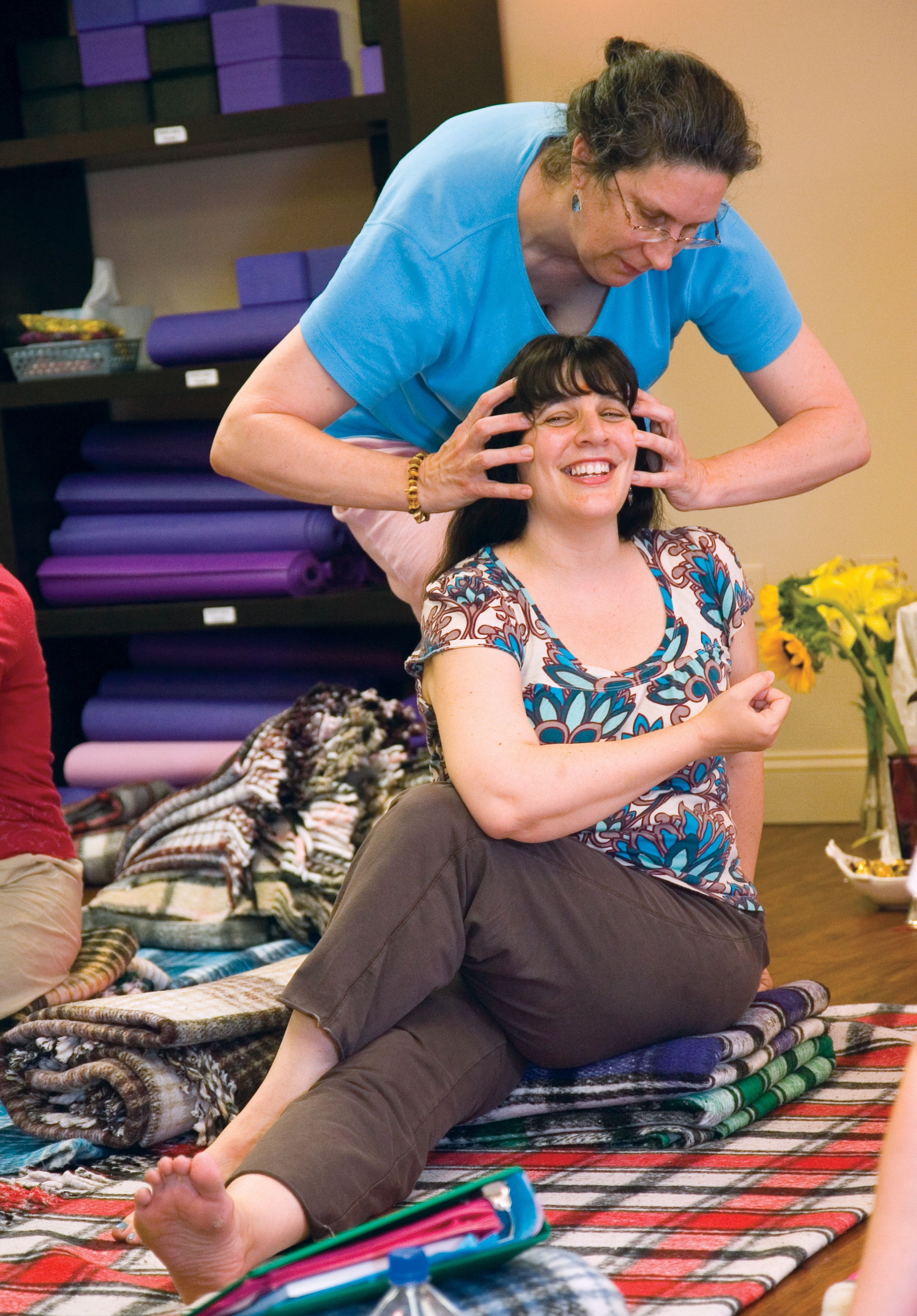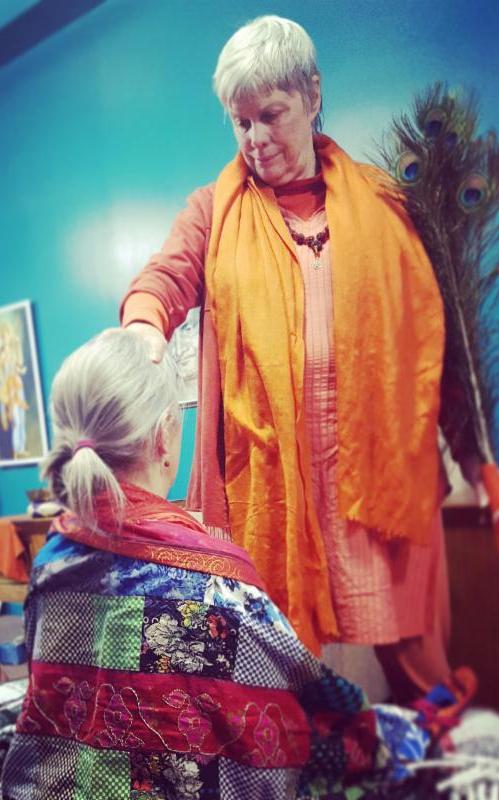 By Swami Shrutananda Saraswati
By Swami Shrutananda Saraswati
The sages always start with the highest teaching: you are an individualized form of the formless Reality. Hearing or reading about your own Divinity reminds you of something you already know. It’s like with tuning forks. Striking one gets the other to vibrate. When your Divinity is named and described, deep inside you feel something resonating with the outer naming.
When this indescribable Reality — the unnameable Essence that is the “who” that you are — is named, you know. This knowing is beyond words. Yet the great sages do put it into words. Their mystical words give you access to what they found inside: your own Divinity, the Self, your own Self.
Swami Nirmalananda translates the description of the Self by the sage Shankaracharya in the Vivekachudamani:
The Self is birthless and deathless. It neither grows nor decays. It is unchangeable, eternal. It does not dissolve when the body dissolves. Any name or idea your mind has of it is limited. It is much greater.
Each of these descriptions applies to your own Self:
 “The Self is birthless.” The Self was not born when this universe came into existence. That One Primordial Reality decided to blossom forth the universe upon itself, within itself, as itself. What raw material was there to form this universe? Only the Self. Thus, the Self was not born when this universe came into existence. Today, moreover, physicists say the universe is expanding. Expanding into what? The yogis say the Self.
“The Self is birthless.” The Self was not born when this universe came into existence. That One Primordial Reality decided to blossom forth the universe upon itself, within itself, as itself. What raw material was there to form this universe? Only the Self. Thus, the Self was not born when this universe came into existence. Today, moreover, physicists say the universe is expanding. Expanding into what? The yogis say the Self.
Your birth was not the beginning of your own existence. You existed before you were formed in your mother’s womb. You existed even before the universe came into being. You, your own Self, is birthless.
“The Self is deathless.” Things, relationships, cars, plants, even houses, come into being and then die. Maybe the house you grew up in no longer exists. There used to be mountains the size of the Himalayas in the middle of the US. They are gone now, worn away by wind and rain. Stars are born and die. Galaxies come into existence and fade. Even universes come and go. According to the yogis, this universe is not the first that has come into existence.
Your mind cannot conceive of anything that is birthless and deathless. Yet this is a description of your own Self — the One Ever-Existent Reality that underlies the foundation of your own being. The Self, your own Self, was never born and will never die.
 “It neither grows nor decays.” Your body grows and decays. This process started when you were born and will continue until you die. Your mind complies with that. We construct buildings and highways that grow into towns and cities. Then they decay. Whole civilizations have grown and declined. Yet that One Reality neither grows nor decays.
“It neither grows nor decays.” Your body grows and decays. This process started when you were born and will continue until you die. Your mind complies with that. We construct buildings and highways that grow into towns and cities. Then they decay. Whole civilizations have grown and declined. Yet that One Reality neither grows nor decays.
This means that you, the Self, do not grow into your Self. You are whole, full and complete as you are, though you have yet to discover your essence. Your own Self will never decay, will never diminish. You are unstainable, inviolable.
“It is unchangeable.” It is very hard for our minds to understand that something can be unchangeable. We see things change all the time. From day to day our mind and emotions change, our bodies change, and our world changes. Popular American author Louis L’Amour summed it up: “The only thing that never changes is that everything changes.” Yet you, the Self, are unchangeable.
“It is eternal.” Eternal does not mean a long time, for example, billions and trillions of years. Eternal is ever-existent. That One Reality has always existed, has never not existed and will continue to exist even when the universe no longer exists. You, the Self, are that One Reality. You, the Self, are eternal.
“It does not dissolve when the body dissolves.” Your body comes into existence and then dissolves. Yet you are deathless. The Self does not stop existing when your body dissolves. The “You” that is the Self is more than your body. You are more than your mind. You are more than your body and mind together. “You” do not dissolve when your body dissolves. You continue to exist.
I recommend that you take these descriptions of your own Self personally. Read the statements below out loud:
“I am birthless and deathless. I neither grow nor decay. I am unchangeable, eternal. I do not dissolve when my body dissolves.”
Slow yourself down and repeat these statements. What happens?
Maybe now you have a greater idea of who you really are. Yet “Any name or idea your mind has of it is limited — it is much greater.” To go beyond the idea, the concept, and the theory to the knowing of your own Self, you must meditate. The experiences you have in meditation on your own Self make your knowing possible. The Self reveals the Self within you to you.
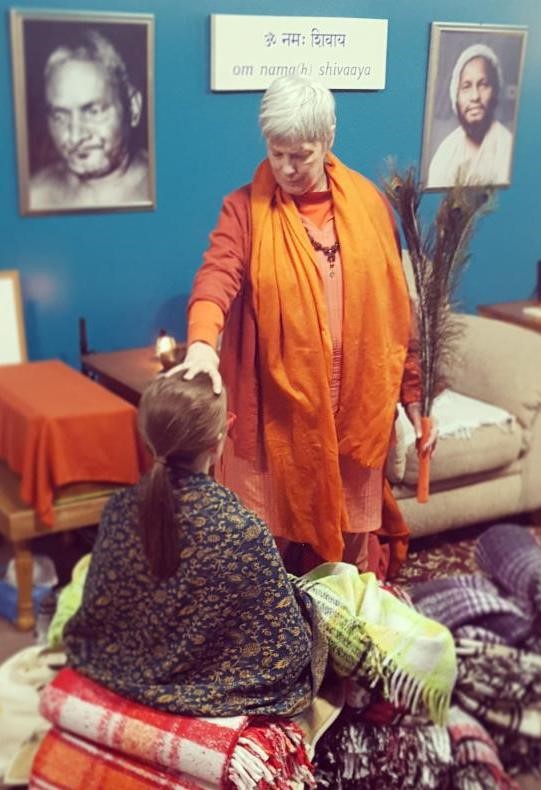 Your mind cannot see the Self, any more than an ant can see the top of a tree. Your Self is greater than any idea your mind has of it. Much greater. When you find a Shaktipat Guru, and are given the enlivened mantra, your meditations will be deep and easy. Each repetition of the mantra invokes Grace, which reveals your own Self to you.
Your mind cannot see the Self, any more than an ant can see the top of a tree. Your Self is greater than any idea your mind has of it. Much greater. When you find a Shaktipat Guru, and are given the enlivened mantra, your meditations will be deep and easy. Each repetition of the mantra invokes Grace, which reveals your own Self to you.
Like the waves on the ocean, your mind is a superficial level of your own being. To know your greatness, you must plunge deeper into the depths of your own being. The function of a Shaktipat Guru is to support you in your inward exploration. A Shaktipat Guru is an agent of Grace, and my Guru — Satguru Swami Nirmalananda — is such a Guru. Through the Grace of my Guru, I have come to know and to experience the ever-deepening, ever-timelessness and the ever-blissfulness of my own Divine Being. This is the gift of the Guru — to reveal the indescribable You to You.
